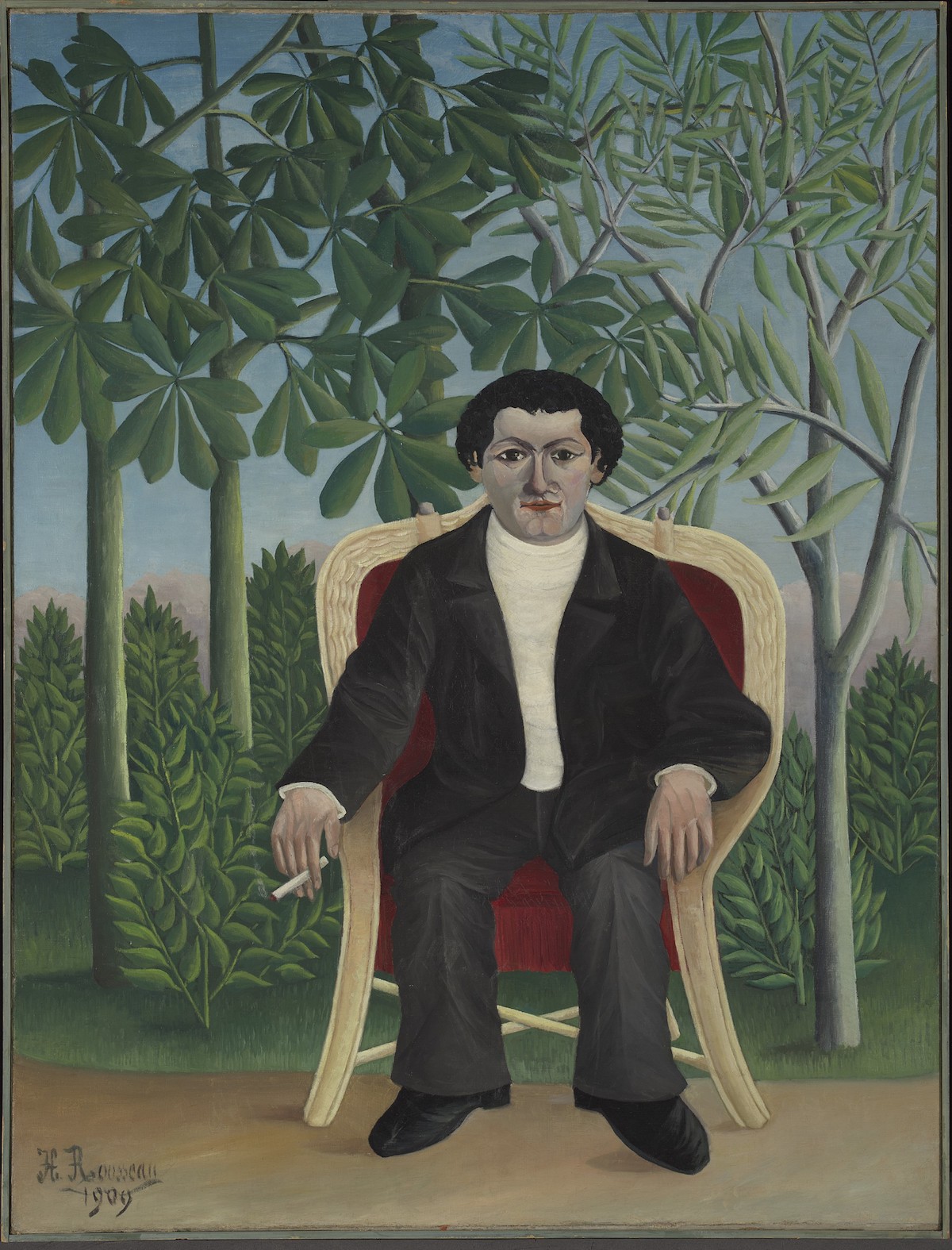Untitled
2019 - Textile (Textile)
147.32 x 68.58 cm
Alicia Henry
Out of simple materials, Alicia Henry creates enigmatic, somewhat troubled characters, which reveal her interest in the complexities and the contradictions surrounding familial relationships. The artist probes societal differences and how these variations affect individual and group responses to themes of beauty, the body, and broader issues of identity. Untitled explores these themes and addresses the processes through which women navigate such issues. Henry begins each sculpture by making preparatory drawings in her home studio. After completing her sketches, she begins working across an array of materials, including cotton, felt, leather, canvas, cotton, wool, linen, plastic to name a few. The choice of material will change according to which medium Henry deems best suited to the work at hand; her treatment of these materials lends the work its emotive quality. Untitled is a sculptural blend of textiles, acrylic, and paper that renders a highly tactile object. Drooped or empty sockets replace eyes, limbs feature voids, and faces are visibly sutured, absent, or lacking expression—alluding to physical pain and psychological trauma. At the same time, these figures generate deliberate presence moving the eye across the figure through formal exercises in color, line, and material. The figure is obscured by these layers of patterned and textured materials, creating a character that is expressive through more than their face alone. The artist once read that the state of being Black in is akin to being a Cold War spy—the ever-shifting loyalties; the constant heightened awareness of your surroundings; the palpable threat of violence from the enemy (which may or may not be your own state); the coded speech. Henry’s figure orients the viewer towards this sense of constant practiced deceptions, the masks worn for so long that the distinction between who one is and who one pretends to be ceases to exist.
Alicia Henry creates work that departs from Western ideas of portraiture, which denote a likeness or a construction of a subject. Instead, Henry’s figurative sculptures foreground the human figure in isolation, exploring metaphorical and formal connections between visibility and identity. Henry’s depictions of unidentifiable individuals are based on a range of composite references including but not limited by her own memories, African masks, paper-dolls, European clowning traditions, American minstrelsy and everyday life and events. Henry employs various techniques to make her representations including painting, collage, needlework, and leather tanning.
Colors:
Related works sharing similar palette
» see more

© » KADIST
Toyin Ojih Odutola
2015As she traces the same shape again and again, Ojih Odutola’s lines become darker and deeper, sometimes pushed to the point where their blackness becomes luminous...
Related works found in the same semantic group
» see more

© » ARTOBSERVED
Henry Taylor, I Got Brothers All Ova The World But They Forget We’re Related (2023), via Hauser & Wirth Marking its inaugural outing at its new Paris exhibition space, Hauser & Wirth looks west to the work of critically acclaimed Los Angeles artist Henry Taylor, whose major career survey arrives at the Whitney Museum of American […]...

© » KADIST
Eileen Quinlan
2016Eileen Quinlan’s abstracted images, like Swipe , rely on the manipulation of photographic materials inside the studio itself, and reject the exterior world for complex interrogations of the medium....

© » KADIST
James Weeks
1962Both Head-Portrait with Red and Blue Background and Man with Blue Tie are classic examples of Weeks’ deftness of line, shape, and color...




